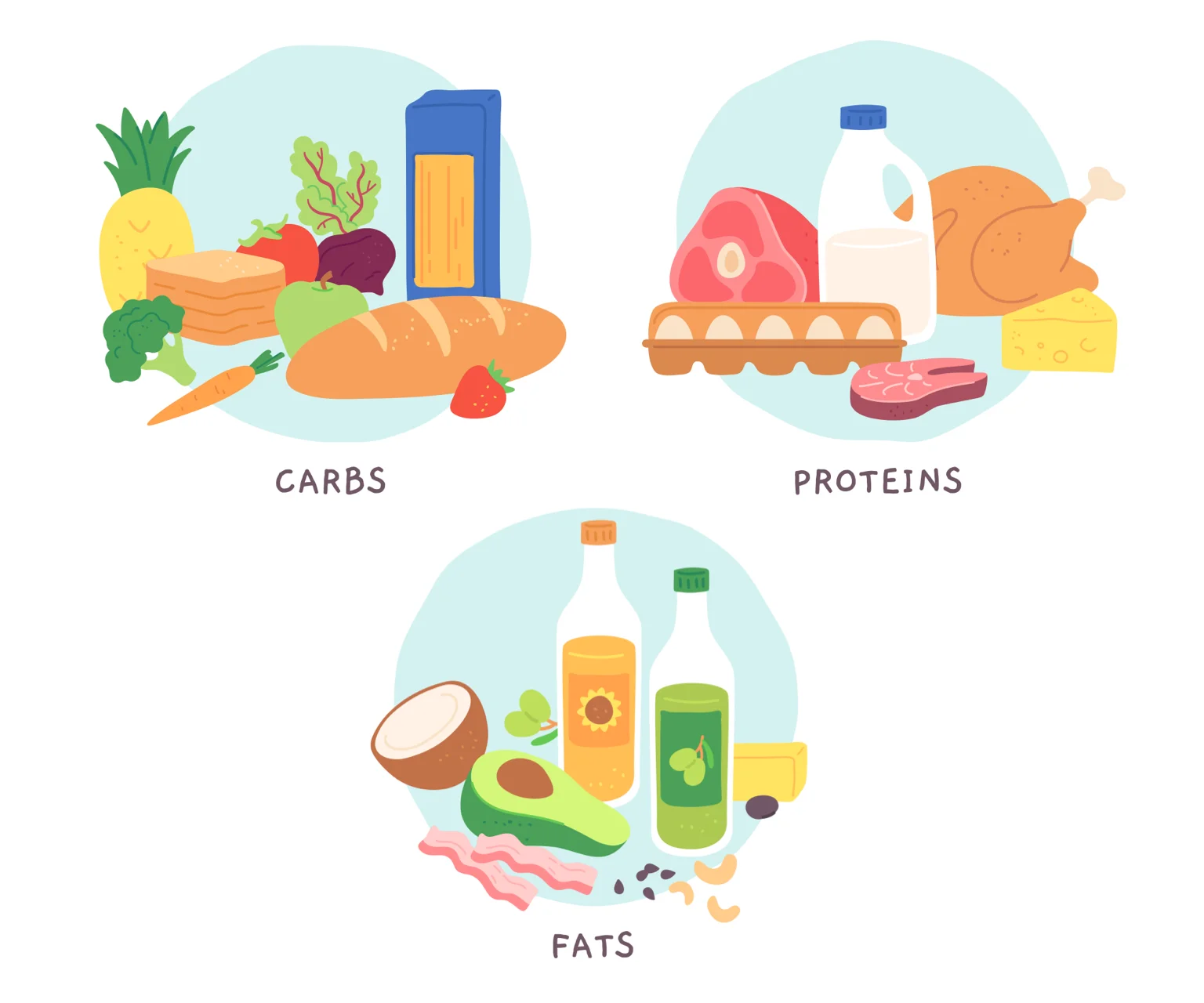
Gym Geek’s 5 day workout routine for women is geared towards fat loss and muscle toning. It involves a balanced mix of strength training and cardio exercises.
The strength training part of the workout includes compound lifts and isolation exercises for all major muscle groups. The cardio workouts are designed to increase your heart rate and metabolic rate, helping to burn calories and lose fat while building muscle.
To get in shape you need to work hard, you need to be motivated, you need to be driven, you need to be determined, and above all else, you need to have self belief.

With summer now pretty much upon us it’s time to really dig deep and work just that little bit harder to ensure we meet our goals and targets. For all of you women out there, bikini season is now upon us, and if you’d like to look your best when strutting your stuff down the beach this summer, you’ll need to put the work in at the gym.
If you’re ready to transform your body and build a physique to be proud of this summer, take a look at the following workout.
Women: why workout 5 days a week?
The 5 day workout routine for women combines both cardio and strength training for a well-rounded and comprehensive workout. If you are at an intermediate or advanced level of training, a 5 day routine can enable you to increase your training volume. This in turn can lead to fast improvements to your muscle growth and strength.
But should you follow a 5 day routine? Let’s take a look at how the 5 day routine compares to two popular 3 day routines for women…
5 day routine vs 3 day full body routine
Our 3 day full body workout involves working your entire body in each session. It’s an effective workout for beginners, although it may not provide enough stimulus for advanced trainees. The main downside, though, is the lack of cardio in this routine.
Cardio exercises burn more calories during the workout itself when compared with resistance training. If your goal is to lose fat, it’s cardio that will put you into a calorie deficit. But it’s strength training that will prevent you losing muscle rather than fat!

That’s why our 5 day routine for women includes both cardio and strength training.
The Physical Activity Guidelines recommend that healthy women do at least 150 minutes of moderate aerobic activity or 75 minutes of vigorous aerobic activity each week.
5 day routine vs bodyweight at-home routine
Our Bodyweight At Home Workout for Beginners is a 3 day a week routine that needs no special equipment and can be done from anywhere. If you're totally new to fitness, following a bodyweight routine for 4-6 weeks will help you build foundational strength and endurance.
Although the bodyweight routine will get you started, you will most likely hit a plateau after about 6 weeks. This will prevent your progression, making it more difficult to lose fat or build lean muscle mass.

Our 5 day routine for women is a good step-up from a bodyweight routine. Although it has a day dedicated to bodyweight exercises, it adds a wide variety of resistance exercises, too.
Increasing the frequency (from 3 days to 5 days) as well as the intensity (from bodyweight to weighted exercises) gives the workout routine more "volume". Higher volume workouts allow you to build more muscle each week.
Planning your 5 day routine
This workout routine is designed to target all your major muscle groups while also promoting fat loss and the gain of lean muscle mass. We combine three different types of exercise:
- Cardio - High-intensity cardio workouts promote heart health, burn calories and improve your overall fitness level. Cardio exercises like running or cycling typically burn more calories during the workout itself when compared with resistance training. This makes cardio the key to losing fat.
- Full body workouts - Full body workouts hit every major muscle group in a single session. Full body workouts are best trained 3 days per week to give you enough rest time between sessions. As a woman looking to lose fat or build muscle, full body workouts are a useful way to approach your strength training routine.
- Bodyweight circuits - We also include a day for bodyweight exercises. This complements the resistance training by adding functional exercises into your routine, helping you tone up and build additional strength. You perform this workout in circuits, so you complete all the exercises from top to bottom, before starting again with the first exercise.
These different styles of workout are combined into a 5 day workout routine with 2 rest days:
- Monday - Cardio and full body
- Tuesday - Bodyweight circuits
- Wednesday - Cardio circuits
- Thursday - Cardio and full body
- Friday - Core and full body
- Saturday - Rest day
- Sunday - Rest day
Each workout session will last 45-60 minutes. This includes a warm up, the main workout and a cool down.
The Workout
Monday - Cardio and full body
Full body workout:
- Seated dumbbell shoulder press - 4 sets of 15 reps
- Wide grip pull ups - 4 sets of 12 – 15 reps
- Push ups - 4 sets of 20 reps
- Bodyweight squats - 4 sets of 20 reps
- Triceps extensions - 4 sets of 15 reps
- EZ bar curls - 4 sets of 12 reps
Cardio:
- HIIT - 20 minutes on the treadmill
Tuesday - Bodyweight circuits
Round 1:
- Squat thrusts x 20
- Push ups x 20
- Sit ups x 20
Repeat three times and rest for 2 minutes.
Round 2:
- Bodyweight squats x 20
- Walking lunges - 10 per leg
- Spiderman push ups x 20
Repeat three times and rest for 2 minutes.
Round 3:
- Hanging leg raises x 20-30
- Mountain climbers x 20
- Plank - As long as possible (30 seconds+)
Repeat three times and rest for 2 minutes.
Wednesday - Cardio circuits
Round 1:
- Elliptical machine - 15 minutes at a moderate/high pace
Round 2:
- Treadmill (10% incline) - 20 minutes at a moderate pace
Round 3:
- Stationary bike - 20 minutes at a moderate pace
Round 4:
- Stair climber - 15 minutes
Thursday - Cardio and full body
Full body workout:
- Alternating dumbbell curls – 4 sets of 10 reps per arm
- Lying dumbbell tricep extensions – 4 sets of 15 reps
- Leg extensions – 4 sets of 12 – 15 reps
- Standing calf raises – 3 sets of 20 reps
- Butterfly pec deck machine – 4 sets of 15 reps
- Dumbbell lateral raises – 4 sets of 15 reps
- T-bar row – 4 sets of 12 – 15 reps
Cardio:
- Elliptical machine - 20 minutes steady-state cardio
Friday - Core and full-body
First workout:
- Smith machine incline press – 4 sets of 20 reps
- Barbell curls – 4 sets of 20 reps
- Bodyweight squats – 4 sets of 20 reps
- Seated shoulder press machine – 4 sets of 20 reps
- Triceps rope pushdowns – 4 sets of 20 reps
- Wide-grip lat pull-downs – 4 sets of 20 reps
Rest for 5 minutes.
Second workout:
- Lying leg raises – 3 sets of 20 – 30 reps
- Incline stomach crunches – 3 sets of 30 reps
- Oblique crunches – 3 sets of 30 reps
Saturday & Sunday - Rest days

Diet and nutrition for women
Eating healthy is essential when following any fitness plan. Proper nutrition can maximize the results of your workouts, and help you achieve your goal faster. Food provides the fuel your body and muscles need, help you build muscle and lose weight in a safe way. Any diet needs to match the intensity of your workout plan.

You should include plenty of fresh fruit and vegetables in your diet, alongside lean protein sources like fish and chicken. While it’s important to avoid highly-processed foods and sodas, it’s okay to opt for healthy snacks like almonds and walnuts as snacks.
Staying hydrated is also key to maintaining good health during a workout or weight loss plan.
You may wish to track your progress with a food journal or calorie tracking app like MyFitnessPal. Calorie tracking can be an effective way to lose weight in a safe way, and gives you insight into the foods you eat and your macronutrient intake.
A healthy diet is just as important as exercise when following a workout plan. Foods provide the energy you need for workouts, and a healthy diet can reduce cravings for unhealthy snacks.
Protein and macros
To maintain or grow muscle mass while losing weight, it’s important that you consume enough protein in your diet. Protein is a key macronutrient involved in the growth and repair of muscle tissue. A protein intake of between 1.2 g and 1.6 g per kg of bodyweight should be sufficient for most people.

You can use a macro calculator to get a custom recommendation. This calculator takes into account your height, age, gender, activity level, as well as your current weight and weight goal. Women need fewer maintenance calories than men. It ensures that your macros hit the recommended intakes of carbs, proteins and fats.
Tips
Warm up
Before you begin any workout, it’s vital that you remember to stretch your muscles and properly warm up. The workout program listed above does NOT include warm ups or stretches.
Warming up prepares your body for the full workout. It does this by raising your body temperature and increasing the blood flow to your muscles.
Start with light cardio, for example a jog for about 5-10 minutes to get your heart rate up. Follow this by some dynamic stretching that focuses on your chest, shoulders and tricep muscles.
Before you perform any working sets with weights or resistance equipment, you should always perform 2 warm up sets using a much lighter weight.
Modifications to the workout routine
You should take our workout routine as a starting point, and adapt it as necessary to suit your current fitness level and goals. Here are some tips to make the routine more suitable for you:
- Use lighter weights - If you've not trained for a while, you might find some of the strength training exercises difficult. Start with lighter weights and gradually increase the resistance as your strength improves. You could also consider with a bodyweight routine to build some foundational fitness over 6 weeks.
- Lower-impact cardio - If you find the cardio exercises in the routine too intense, consider starting with some lower impact exercises like swimming or cycling.
- Rest days - If the days listed above don’t fit into your schedule, you can alternate them slightly. Try to ensure you have two full days to recover before you begin all over again. The workout is physically intense and rest and recovery is key!
References
Piercy, K. L., Troiano, R. P., Ballard, R. M., Carlson, S. A., Fulton, J. E., Galuska, D. A., … & Olson, R. D. (2018). The physical activity guidelines for Americans. Jama, 320(19), 2020-2028.
Schoenfeld, B. J., Ogborn, D., & Krieger, J. W. (2017). Dose-response relationship between weekly resistance training volume and increases in muscle mass: A systematic review and meta-analysis. Journal of sports sciences, 35(11), 1073-1082.
Mifflin, M. D., St Jeor, S. T., Hill, L. A., Scott, B. J., Daugherty, S. A., & Koh, Y. O. (1990). A new predictive equation for resting energy expenditure in healthy individuals. The American journal of clinical nutrition, 51(2), 241-247.
